Search the Special Collections and Archives Portal
Search Results

Photograph of houses dug into the earth, Goldfield (Nev.), 1903
Date
Archival Collection
Description
Image
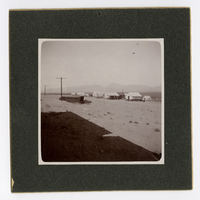
Photograph of a tent settlement, Jean, (Nev.), 1905
Date
Archival Collection
Description
Image

Photograph of a home in Eldorado Canyon (Nev.), 1900-1925
Date
Description
Image
Myron Martin and Don Snyder oral history interviews
Identifier
Abstract
Oral history interviews with Martin Myron and Don Snyder conducted by Stefani Evans on November 30, 2017, December 06, 2017, and March 08, 2018 for the Building Las Vegas Oral History Project. Myron G. Martin, President and CEO, and Donald D. Snyder, Chairman of the Board of Directors, share their memories of the founding of The Smith Center for the Performing Arts. Martin recalls his upbringing in Texas and his education in music and business at Golden Gate University. He came to Las Vegas after a fifteen-year career with the Baldwin Piano Company to be the Executive Director of the Liberace Foundation. Martin describes how he became President of University of Nevada, Las Vegas (UNLV) Performing Arts Center and later President of the Las Vegas Performing Arts Center Foundation in 1999. Martin and Snyder talk about how the Smith Center came to be, fund raising, the design process for the performing arts complex, and notable people and organizations that were involved. They also discuss the overall programming at the Smith Center, and who performed on opening night.
Archival Collection
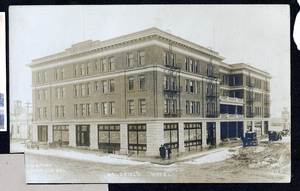
Postcard of a the Goldfield Hotel, Goldfield (Nev.), 1900-1920
Date
Archival Collection
Description
Site Name: Goldfield Hotel (Goldfield, Nev.)
Image
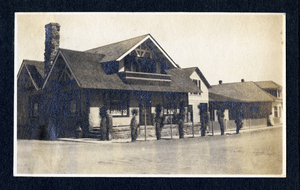
Photograph of a house in Goldfield (Nev.), 1900-1920
Date
Archival Collection
Description
Image
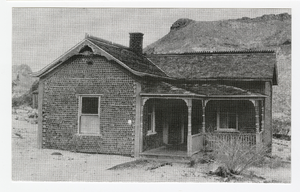
Photograph of Tom Kelly's Bottle House, Rhyolite (Nev.), 1920
Date
Archival Collection
Description
Image
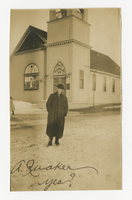
Photograph of a man standing in front of the Goldfield church, Goldfield (Nev.), 1905
Date
Archival Collection
Description
Caption: A Quaker, yes?
Image
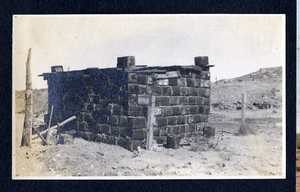
Photograph of a house made from metal cans, Goldfield (Nev.), 1900-1920
Date
Archival Collection
Description
Image
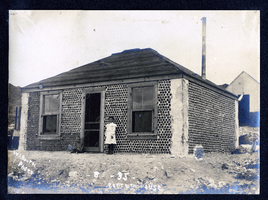
Photograph of children in front of bottle house, Goldfield (Nev.), early 1900s
Archival Collection
Description
Image
